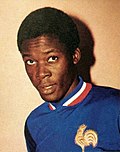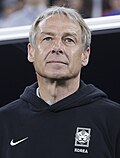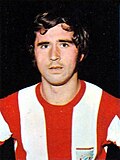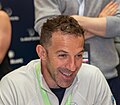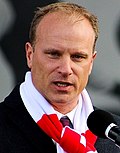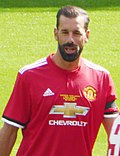Top Qs
Timeline
Chat
Perspective
FIFA 100
2004 list of greatest living footballers chosen by Pelé From Wikipedia, the free encyclopedia
Remove ads
The FIFA 100 is a list compiled by Brazilian professional footballer Pelé featuring his choices of the "greatest living footballers" at the time of its release. The list was unveiled on 4 March 2004 during a gala ceremony at the Natural History Museum in London, England, as part of the celebrations commemorating the 100th anniversary of the foundation of the Fédération Internationale de Football Association (FIFA), the international governing body of football.[1][2]
The figure 100 does not refer number of players nominated in the list, which is actually 125. Pelé was asked by FIFA to select 50 active players and 50 retired players from a shortlist of 300, but found it too difficult to limit himself and therefore picked 50 current and 75 former players.[1][3] The list contains 123 men and two women (Michelle Akers and Mia Hamm).
The list was controversial. Writing in the Evening Standard, politician turned football pundit, David Mellor, felt the selections were politically motivated rather than being made on purely footballing grounds.[4] He suggested the geographical spread of inclusions indicated the list came from then-FIFA president Sepp Blatter rather than Pelé himself. BBC columnist Tim Vickery expressed similar assertions.[5]
Brazilian midfielder Gérson, who played alongside Pelé at the 1966 and 1970 FIFA World Cups, reacted to his omission by tearing up a copy of the list on a Brazilian television programme. Marco van Basten and Uwe Seeler refused to take part in the project on a point of principle.[3]
Remove ads
Players
Remove ads
Statistics
Remove ads
See also
Notes
- Born in the Socialist Republic of Croatia, then part of the Socialist Federal Republic of Yugoslavia, Šuker played for both Yugoslavia and Croatia.[8]
- Masopust played for Czechoslovakia.[9]
- Played for the West Germany national team
- Played for both the West Germany and Germany national teams
- Dasayev played for the Soviet Union.[10]
Remove ads
References
Wikiwand - on
Seamless Wikipedia browsing. On steroids.
Remove ads
























































